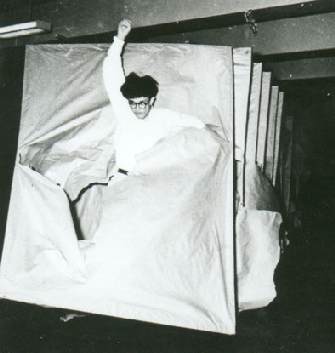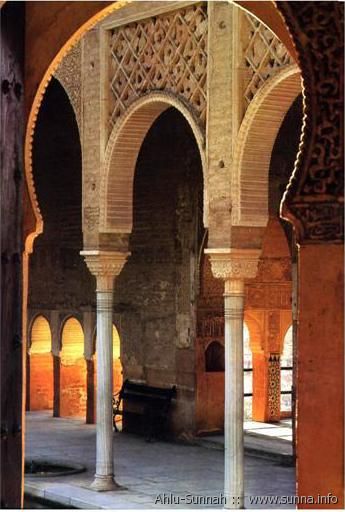Dadaists begin a form of performance art in the 20's using mostly in sound. It was called sound poetry. They were called sound poets. Some even used objects to create sound, like Kurt Schwitters. Another part of Dadaists performance art consisted of what is know as Negro chants, which included theater and dance.
In the 1950's a group emerged know as Gutai Bijutsu Kyokai (Gutai Art Association). It was formed in 1954 by Yoshihara Jiro, Kanayma Akira, Murakami Saburo, Shiraga Kazuo, and Shimamoto Shozo in Osaka, Japan and had dissolved by 1972 when Yoshihara died. The group would do many public performances, which consisted of such things as rolling in mud, painting on layers of newspaper, or running through screens. "The art historian Yve-Alain Bois has said that 'the activities of the Gutai group in the mid-1950s constitute one of the most important moments of post-war Japanese culture' (http://www.tate.org.uk/collections/glossary/definition.jsp?entryId=130).
 (http://nezumi.dumousseau.free.fr/japon/j2/japarmurakami2.jpg)
(http://nezumi.dumousseau.free.fr/japon/j2/japarmurakami2.jpg)Around the same time the Nouveau realists also accepted the performance art, also known as Happenings. Happenings were theatrical events and would take place in an installed environment with light, sound, and slide projections. The Nouveau Realists most associated with this form was Yves Klein.
George Mucunas founded another group, known for their performance art and influenced by the Dadaists, during the 1960's. The group was called fluxus (meaning to flow out or a flow of living art). They would have music and give performances at concerts and eventually would take their art to the streets.
One of my favorite contemporary artists is heavily involved with performance art. While these pieces are usually filmed, Mathew Barney will either jump, attach himself to a wall, trampoline, or use some other action that restrains him and makes it difficult for him to complete his drawing. While performance art is fairly new, it is not as commonly used. It is, however, still around.
 (http://www.mediabistro.com/unbeige/original/12.Barney.DR6_web.jpg)
(http://www.mediabistro.com/unbeige/original/12.Barney.DR6_web.jpg)



